Mesopotamia (Ancient Greek: Μεσοποταμία “[land] between rivers”) situated within the Tigris–Euphrates river system, is considered one of the cradles of Western world civilization. Mesopotamia included Sumerian, Babylonian, and Assyrian empires, all native to the territory of modern-day Iraq. These populations dominated Mesopotamia from the beginning of written history (c. 3100 BC) to the fall of Babylon in 539 BC, conquered Achaemenid Empire.
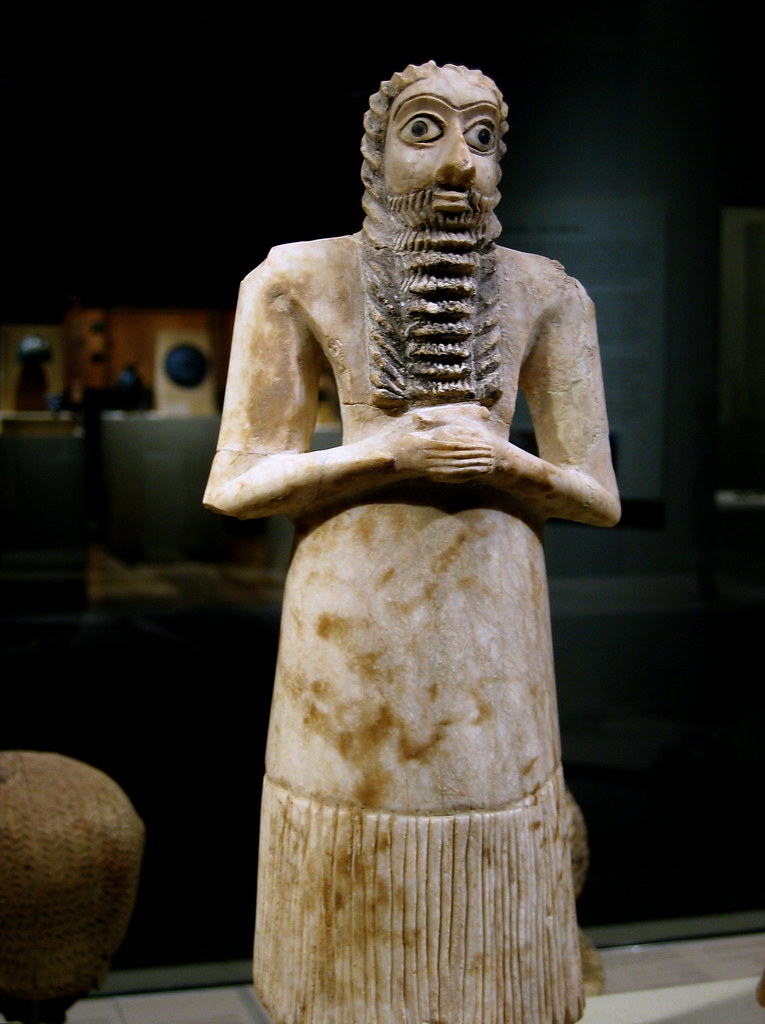
Image source: https://search.creativecommons.org/photos/a41ad888-01ec-457d-8670-a186bb35a168 by Xuan Che

Image source: https://search.creativecommons.org/photos/127756e7-b6fb-40fb-b6e5-5f04cf21afe0 by Gary Lee Todd, Ph.D.
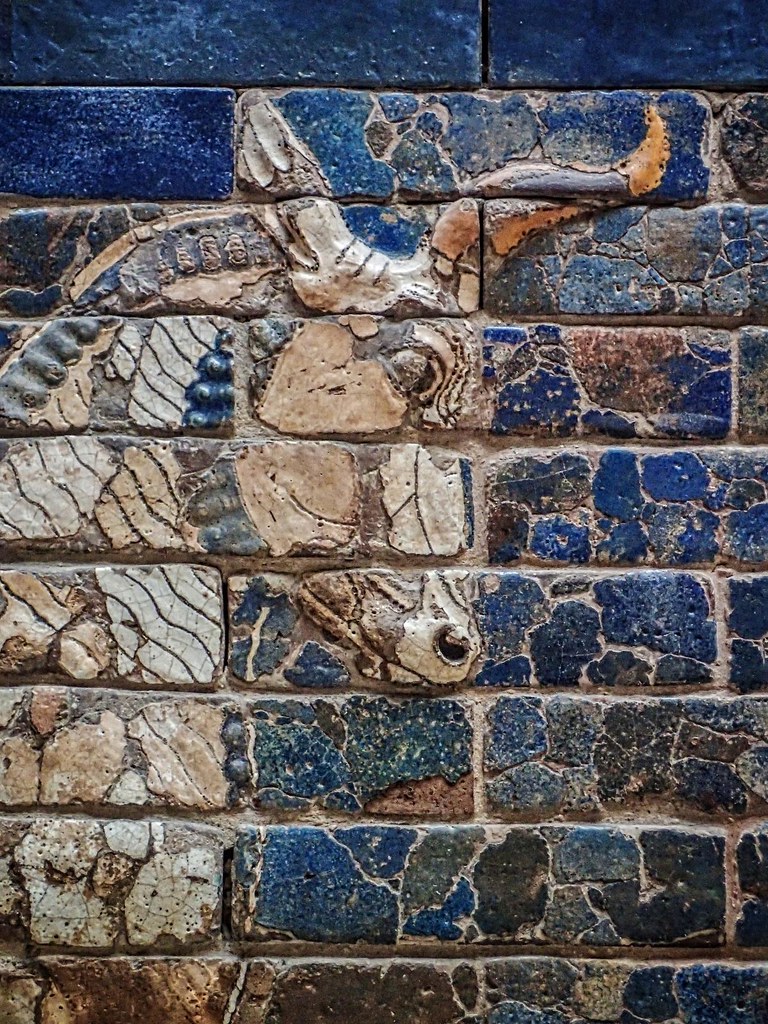
Image source: https://search.creativecommons.org/photos/7ce483d5-e987-41d4-b438-5bdd06a30892 by mharrsch
Why were the Tigris and Euphrates Rivers so important to ancient civilizations?
The small tribes living in the hills were forced to move to the fertile plains, due to agricultural and water shortages. There was not enough land for farming and very little rain for the tribes to grow crops. The plains were unoccupied and provided both land and water making life much easier for the tribes to live at. In the spring the rivers flooded spreading water. This was a good spot for farming. More people moved to this region and became known as Sumer. People from this land were known as Sumerians.
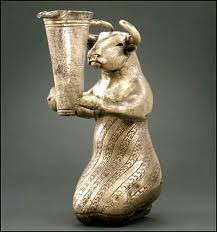
Image source: https://search.creativecommons.org/photos/1cb01e74-c290-4e0f-bcf0-e5071801812f by Jennifer Mei
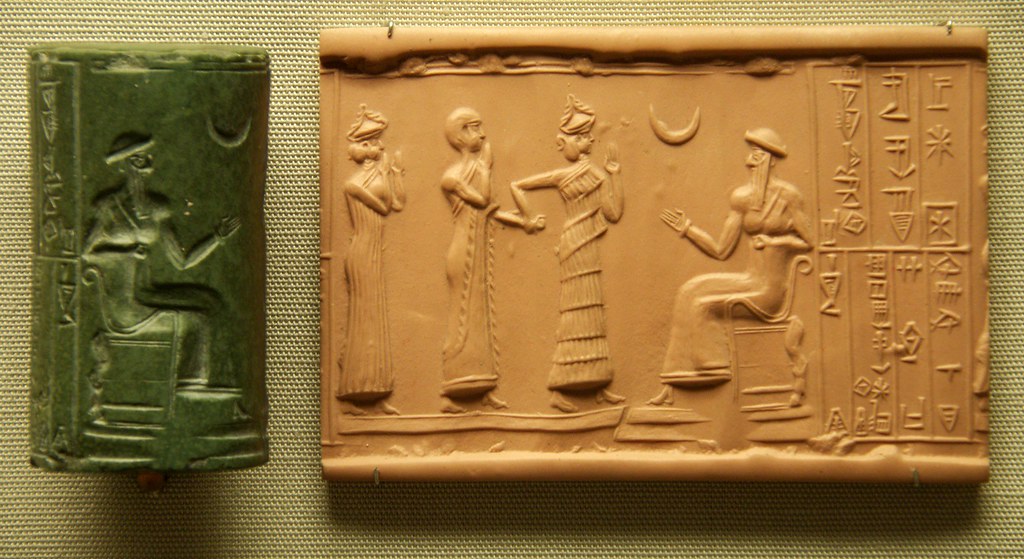
Image source: https://search.creativecommons.org/photos/3884a6c4-d215-488e-a267-d30b3608601d by swh
Differences Between Assyrians and Babylonians
- Assyria was located on the plateau to the north of Babylonia, which gave it a better climate.
- While Babylonians became merchants and agriculturalists, Assyrians formed a military dynasty.
- In Assyria the supreme ruler was an autocratic king while the priesthood was the highest authority in Babylonia.
- The animistic cult and idolatry were typical for Assyrians, while for Babylonians there was a Supreme God.

Image source: https://search.creativecommons.org/photos/c3773a99-6d7d-438e-9692-feba37f6e70a by Gary Lee Todd, Ph.D.
What was the most famous city in Mesopotamia?
The name of Babylon in the Akkadian language of the time, is thought to derive from bav-il or bav-ilim, which meant ‘Gate of God’ and `Babylon’ coming from Greek. It is considered the most famous city from ancient Mesopotamia.

Image source: https://search.creativecommons.org/photos/7bcbaa03-0078-4ddb-89ec-6aceaa962379 by mharrsch

Image source: https://search.creativecommons.org/photos/f8389f11-16cf-426a-ba9c-dc77575e3101 by mharrsch

Image source: https://search.creativecommons.org/photos/0b32794e-4c8a-4240-b16a-d650d3d80d01 by pedrosimoes7
The fame of the city is due to the many unfavourable references from the Bible. Babylon is known for its impressive walls and buildings described in the Book of Genesis, in the story of The Tower of Babel. Despite its reputation, the city has been a great seat of learning and culture, the formation of a code of law, and for the man-made terraces of flora and fauna which were the Hanging Gardens of Babylon, watered by machinery.

Image source: https://search.creativecommons.org/photos/97578eef-9121-4173-ab03-73bd07fc50d4 by TonyHall
What is a Ziggurat?
Ziggurat is the name given to the templar towers during the civilizations of Sumer, Babylon and Assyria, which where common in Mesopotamia, the actual Iraq. The shape of these towers remember the Egyptian pyramids, althought not so symmetrical, precise or architecturally pleasing.
Unlike the Egyptian pyramids, which where made in mansory, the Ziggurats were made with small mud bricks sun-baked. Ziggurats are religious structures, like the pyramids they have shrines function, in which the top is the holiest site. The Ziggurat of Ur is the most known and famous.

Image source: https://search.creativecommons.org/photos/2b85fbbb-1f2e-4d56-99ad-ab57107144c0 by The U.S. Army
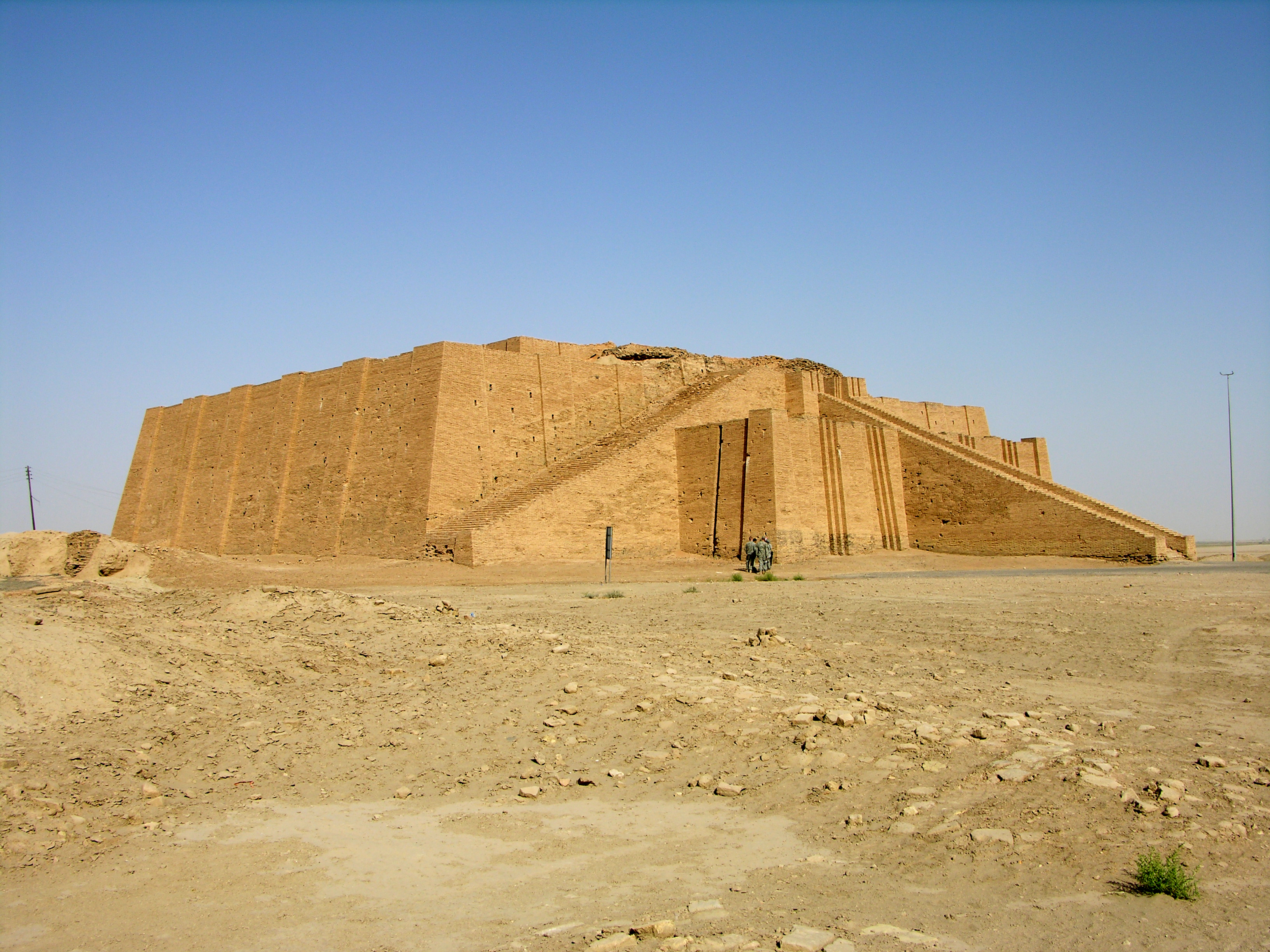
Image source: https://search.creativecommons.org/photos/be9c5fa5-fab0-46a9-b955-f41accb02d5f by Michael Lubinski from Green Bay, WI, USA
The Invention of Writing
The origin and spread of writing are more complex than one thinks. In the mid-fourth millenium B.C. in Syria and Turkey may have existed complex state systems with proto-cuneiform writing on clay and wood. Initially to draw pictographs an signs, a reed or stick was used into moistened clay.
Image source: https://search.creativecommons.org/photos/da2d1d8c-7718-45df-85dc-e77df065ffda by Daderot
Some earliest pictographs can be recognizable and decipherable, but for many it is not possible to find a match with known objects. Over time, the rapresentation of pictogram was replaced with wedge-shaped signs. This type of writing was called by modern scholars cuneiform derived from the Latin term cuneus, due to the impression of the surface of a clay tablet with a reed or wood stylus.
A popular theory identifies the Uruk tablets, considered the first signature of the history, with the Sumerians.

Image source: https://search.creativecommons.org/photos/b568a8fe-e3b5-4c00-bf82-f6be6ff67ab1 by Gary Lee Todd, Ph.D.
Info source:
http://www.differencebetween.net/miscellaneous/difference-between-assyrian-and-babylonian/
http://www.ancient.eu/babylon/
